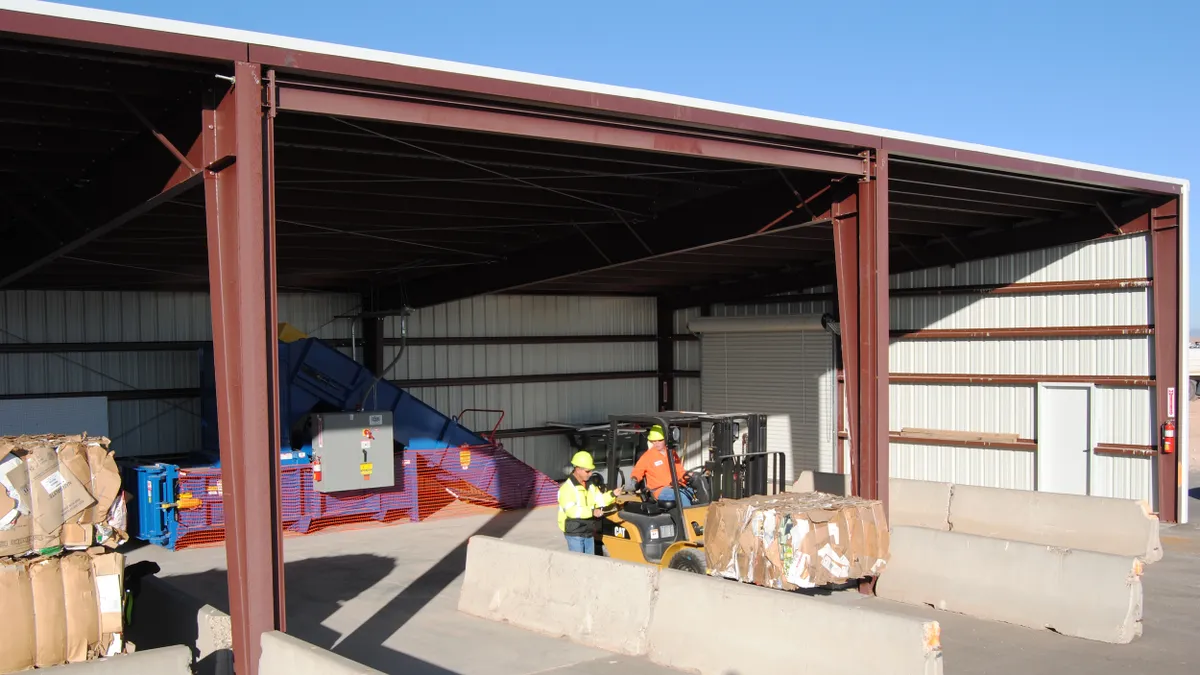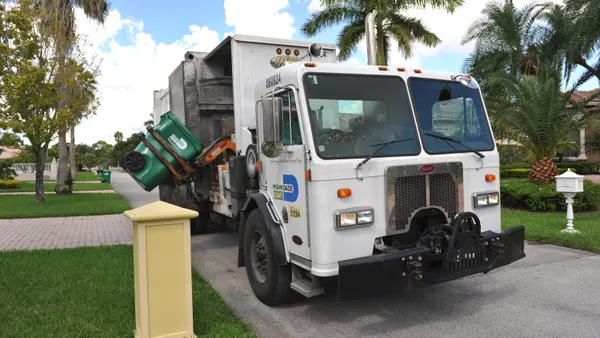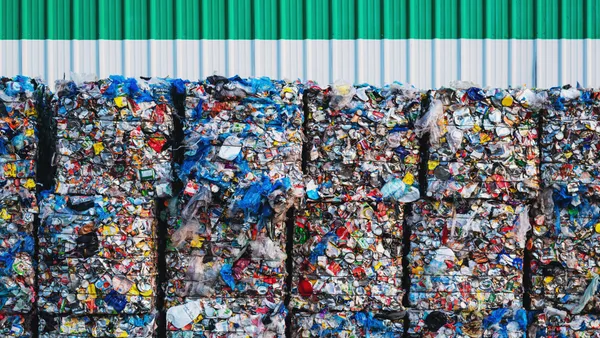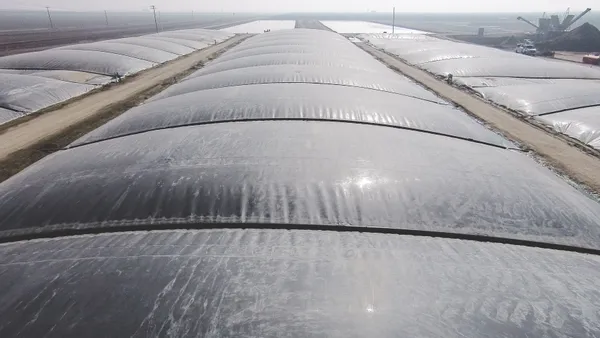Dive Brief:
- Renewable energy is on the rise in the U.S., but waste-to-energy (WTE) is not part of that growth according to the Business Council for Sustainable Energy's new 2017 report produced by Bloomberg New Energy Finance. No new financing was reported for WTE technologies in 2016 and no new facilities were built last year.
- The largest recent WTE deals were $677 million in financing from 2012 for the Palm Beach Biomass Plant Facility Unit 2 — which was constructed in 2015 — and $575 million from 2013 for the Energy Answers Fairfield facility in Baltimore. That project folded last year after Maryland state officials said its permit was invalid.
- Capital expenditures for WTE and biogas have been on a decline in recent years, though the report notes that since the number of projects in development at one time is often small, these trends can be more pronounced.
Dive Insight:
Overall, biomass, biogas and WTE generated 63 TwH of energy in 2016. That category grew by 132 MW in 2016, though WTE didn't contribute to that growth. By comparison, England built five new WTE facilities with a combined 180 MW of energy capacity and 70 MW of steam capacity in 2015.
The lack of movement in the U.S. WTE market is not a new trend. While the technology plays a key role in managing waste for many regional markets and is ranked above landfills on the EPA's recovery hierarchy, environmental opposition and steep capital costs have limited its expansion. As seen recently around Maryland's plans to update facility requirements in 2018, the debate on emissions standards remains contentious. Multiple cities have also expressed an interest in moving away from WTE as they pursue high diversion rate goals.
Reaching those goals without using WTE may be difficult, though more local governments are looking to biogas projects as a way to reduce their reliance on incinerators or landfills. Biogas projects such as anaerobic digesters and landfill gas facilities were responsible for 54 MW of new energy and $24 million in financing for 2016. That $24 million went to CR&R Environmental's large new AD facility in California, which is set to open this year. As more states explore various organic waste diversion requirements, this could spur additional biogas investment in the future.
Despite these positive signs, the report groups biogas in the same category with WTE, biomass, geothermal and hydro as sectors that "are idling without long-term policy support." The lack of notable financing for biogas and WTE between 2013 and 2016 indicates that no major construction projects can be expected in the near future. Since new federal policy on waste issues is rare, and state policies vary widely, the industry may not be playing a large role in the renewable energy revolution any time soon.













